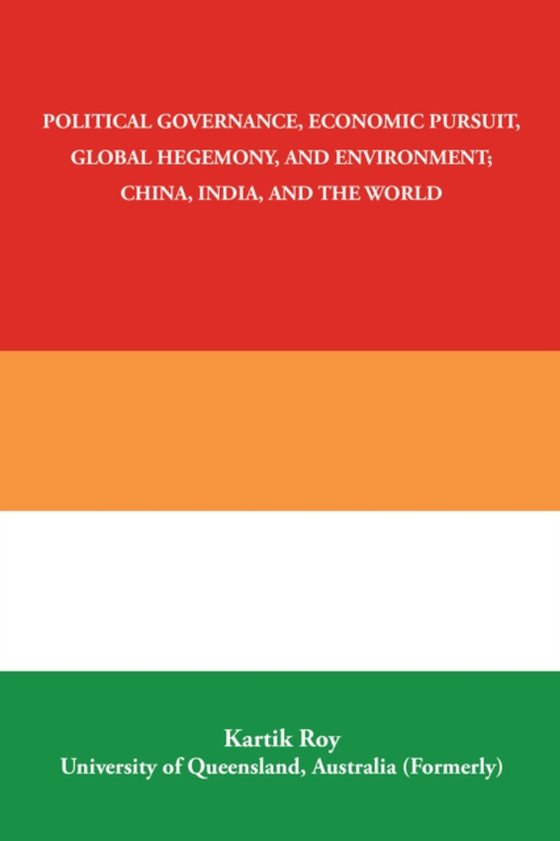
Political Governance, Economic Pursuit, Global Hegemony, and Environment; China, India, and the World e-bog
35,47 DKK
(inkl. moms 44,34 DKK)
This treatise presents a critical discourse on the formulation and implementation of economic development policies as well as on the outcome of the implementation of such policies in terms of the attainment of the (i) rate of economic growth and of the (ii) rise in the size of GDP and of the (iii) attainment of economic and social wellbeing of the citizenry of both China and India. The author...
E-bog
35,47 DKK
Forlag
Balboa Press AU
Udgivet
12 januar 2023
Længde
298 sider
Genrer
Political structure and processes
Sprog
English
Format
epub
Beskyttelse
LCP
ISBN
9781982296506
This treatise presents a critical discourse on the formulation and implementation of economic development policies as well as on the outcome of the implementation of such policies in terms of the attainment of the (i) rate of economic growth and of the (ii) rise in the size of GDP and of the (iii) attainment of economic and social wellbeing of the citizenry of both China and India. The author has analyzed the pattern of economic development of China and India in terms of the (i) growth in factors of production and of the (ii) growth in expenditures. The reasons for the spectacular rise in economic power of authoritarian China and the subdued rise in economic power of highly decentralized democratic India have been explained. The growth and development outcome story of China shows that the limited political freedom of citizens and of officials of provincial governments has acted as a panacea for the realization of the country's developmental goals but in India, the unlimited and uncontrolled political freedom of citizens and provincial rulers has acted as a powerful recipe for the growth of anarchy and for the realization of circumscribed goals of economic development. In 1970, the per capita income of China and India stood at $US 70.00 and $US 60.00 but in 2022 the per capita income of China and India currently stands at $US 12,536.00 and $US 2691.20. The share of India's per capita income in China's per capita income in 1970 stood at 85.71 percent. In 2022, the share of India's per capita income in China's per capita income has declined to 21.46 percent. In this book the author has discussed all these issues. Furthermore the author has also presented a short commentary on the possibility of the rapid decline of economic and political status of China by 2030 and of a steady rise of India as an economic and political Super Power.
 Dansk
Dansk

